Work Hours
Monday to Friday: 7AM - 7PM
Weekend: 10AM - 5PM
Smart Construction Tools used by Top Contractors
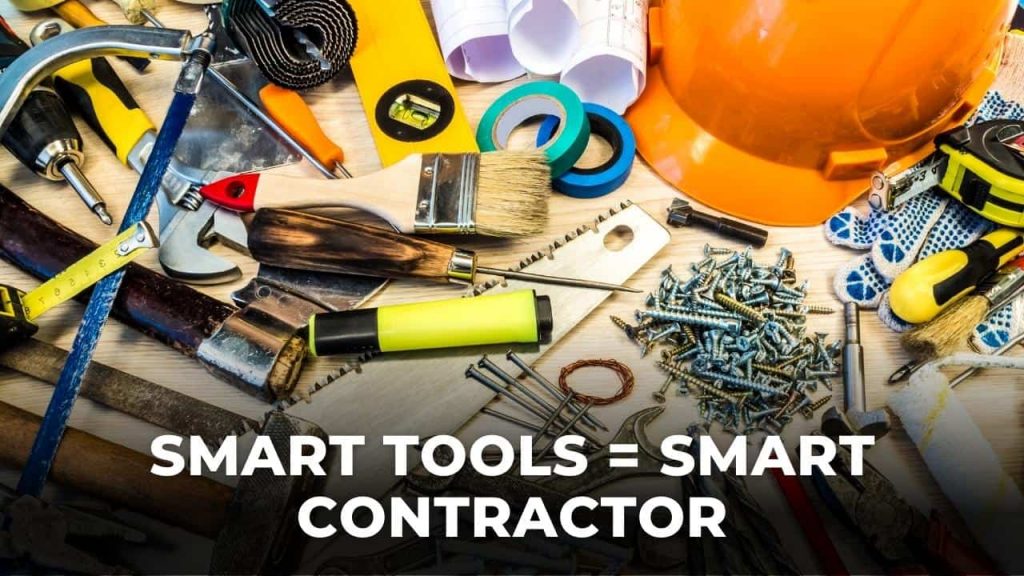
Smart Construction tools play an important role in any construction work as they provide a good finish and ease of work by reducing manual man work which takes more time as well as money. Tools have been integral to the construction of buildings, from the earliest use of timber, bone, antler, stone, and so on for cutting, scraping, chopping, hammering, and moving, to the development of modern power tools enabling construction activities to be performed more quickly, accurately and safely.
Types Of Construction Tools
There are different types of construction tools and equipment used in construction. Tools may be general tools such as shovels and hammers, or specialist tools such as electrical tools or measuring devices. Some tools are multi-functional.
Tools are majorly divided into 3 categories
- Hand Tools
Hand tools are simple tools that you use with your hands. Hand tools are any tool that is powered by hand rather than a motor. Examples of hand tools are screwdrivers, brushes, trowels, wrenches, knives, crimpers, clamps, etc. - Power Tools
A power tool is a tool that is actuated by an additional power source such as liquid fuel, hydraulic power, etc, and a mechanism other than the solely manual labor used with hand tools. Examples of power tools are saws, cutters, drills, grinders, guns, breakers, etc. - Machine Tools
Various machines can be used to shape materials by cutting, boring, or grinding. They’re powered by something other than human muscle, and they’re often used in manufacturing. The definition of a machine tool can vary with each user.
List of Smart Construction Tools
Hand Tools
Hammers
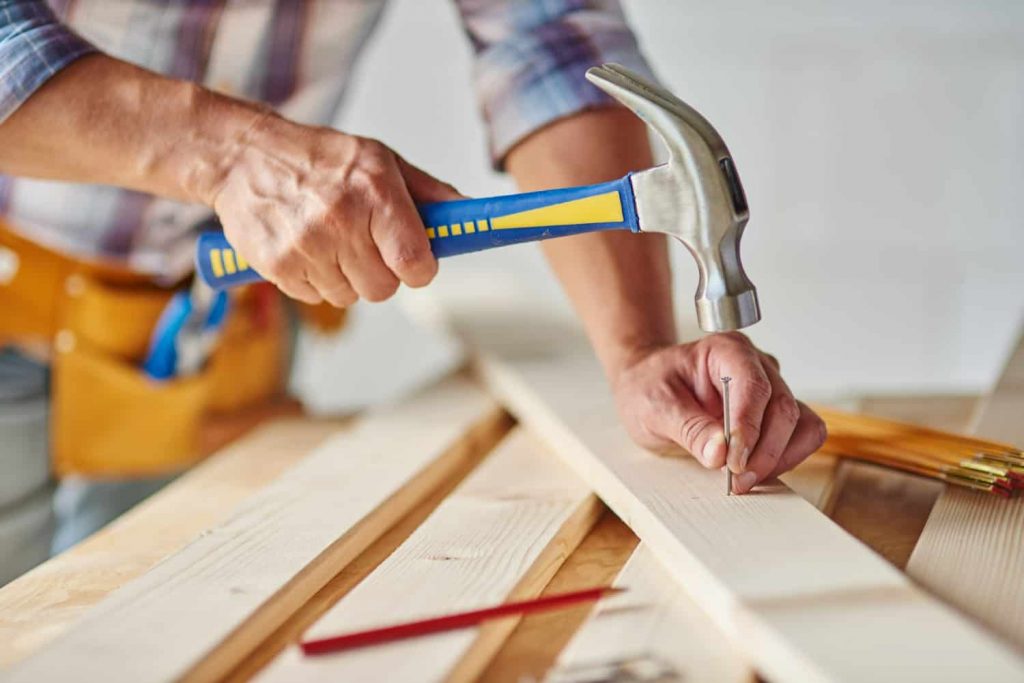
Hammers are arguably the most iconic tool and are used for pushing in nails, which serve as connecting lynchpins for planks of wood.
Wrenches

A wrench is a metal tool that normally comes sized for a particular type of nut or bolt. The metal edges of the open head can grip a given size of nut tightly, which allows the contractor to tighten or loosen a nut by twisting the tool.
Saws (Manual)

Manual or hand saws are stapled construction tools that can cut lumber and, in rare cases, thin metal like aluminum. Saws are characterized by blades of metal with a row of wedged teeth that create incisions every time you pull the saw up and push it back down.
Screwdrivers
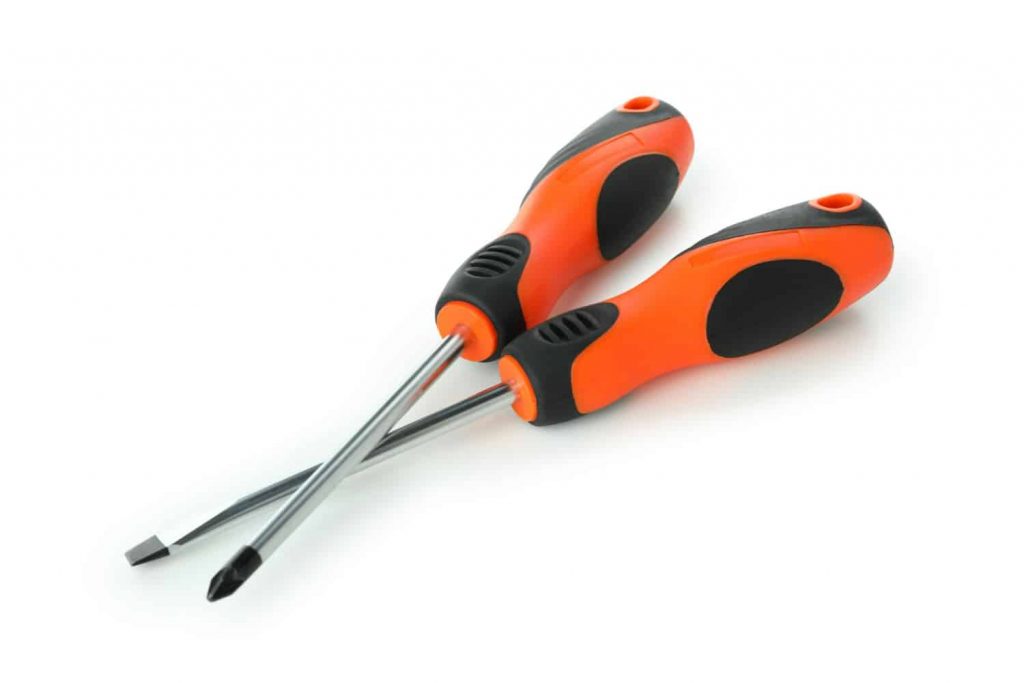
A screwdriver is a tool, manual or powered, used for driving screws. A typical simple screwdriver has a handle and a shaft, ending in a tip the user puts into the screw head before turning the handle.
Measuring Squares
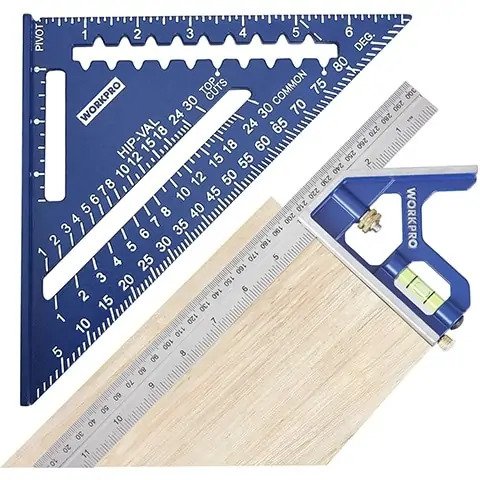
A square is a tool used for marking and referencing a 90° angle, though meter squares are used for 45° angles. Squares see common use in woodworking, metalworking, construction, and technical drawing. Some squares incorporate a scale for measuring distances (a ruler) or for calculating angles.
Power Tools
Saws (Powered)
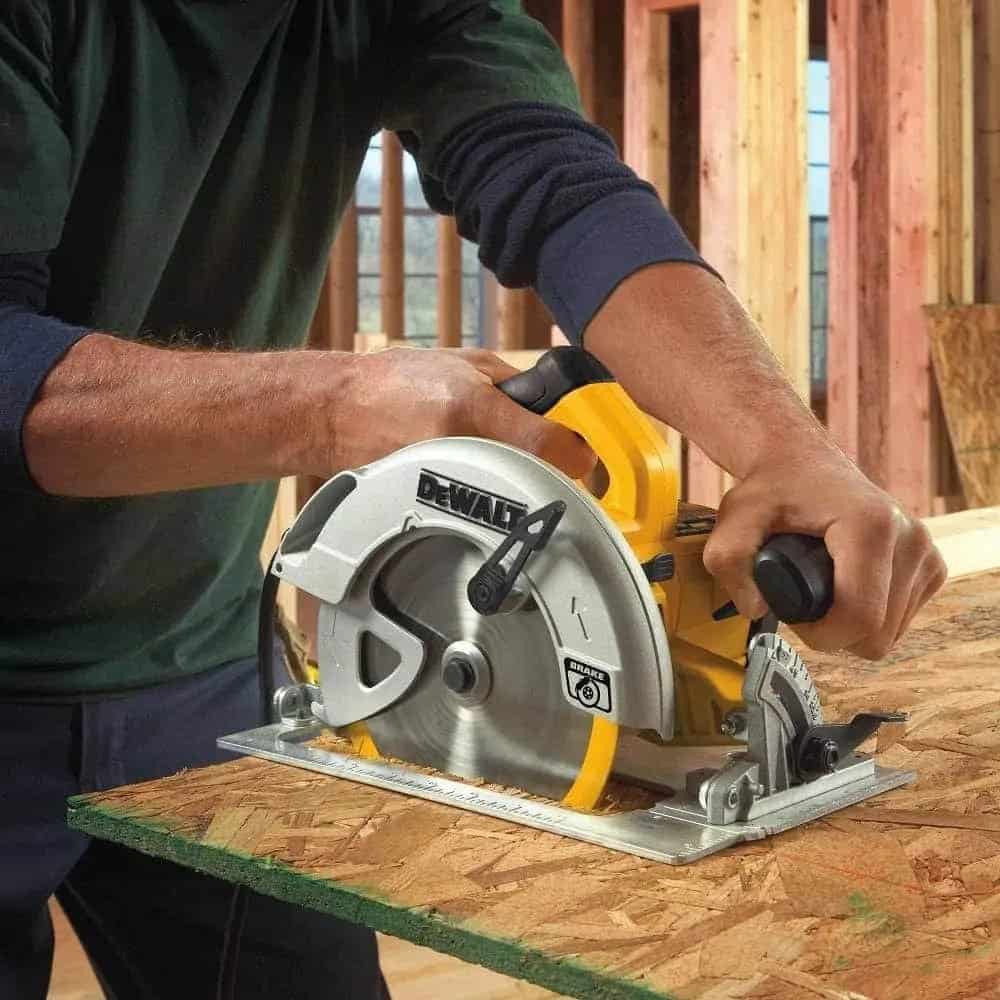
Powered saws are similar to their manual counterparts, but can be wired or wireless. They can cut through workpieces with electric power and thus spin or slice at faster-than-human speeds.
Drills

Power drills are fantastic construction tools that come in both corded and cordless varieties. Both use power to rapidly rotate a drill bit to carve a small hole in a material, like wood or metal.
Routers
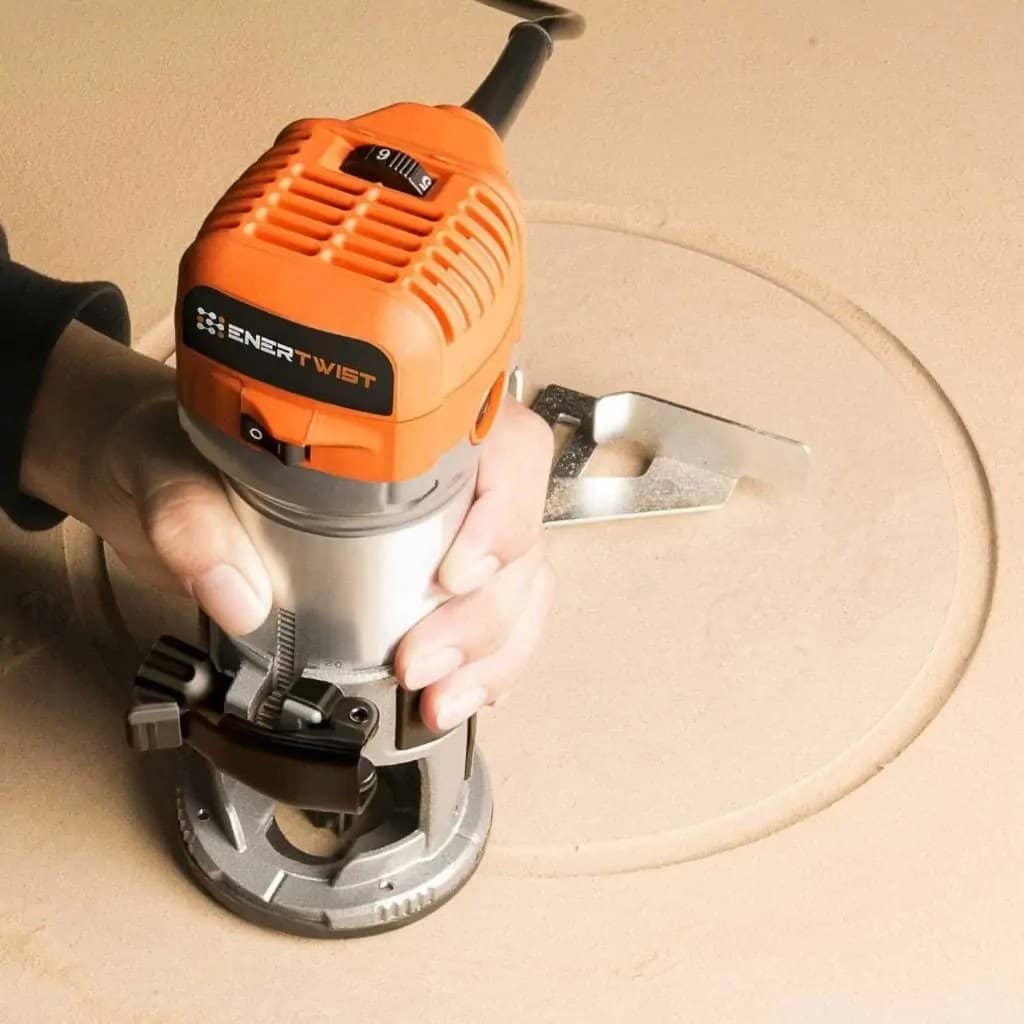
A router tool “routes” a specific spot in wood or plastic, essentially hollowing out a small space in a hard material using a rotating drill bit. They are primarily useful for woodworking and carpentry.
Sanders
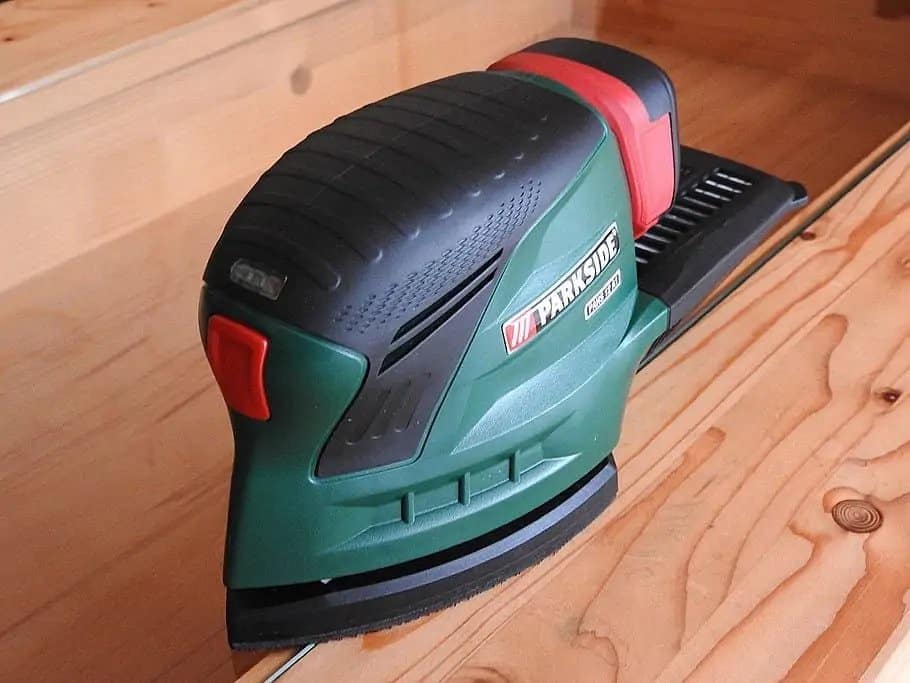
A sander is a finishing tool for carpentry work. It’s characterized by an abrasive belt that is stretched between two drums on either side of the sander tool.
Shop Vacs & Blowers

A shop vac is a powerful vacuum with a big reservoir that can suck up water, debris, and anything else using a long hose that more often than not comes with a variety of attachments.
Accessories
Writing Materials
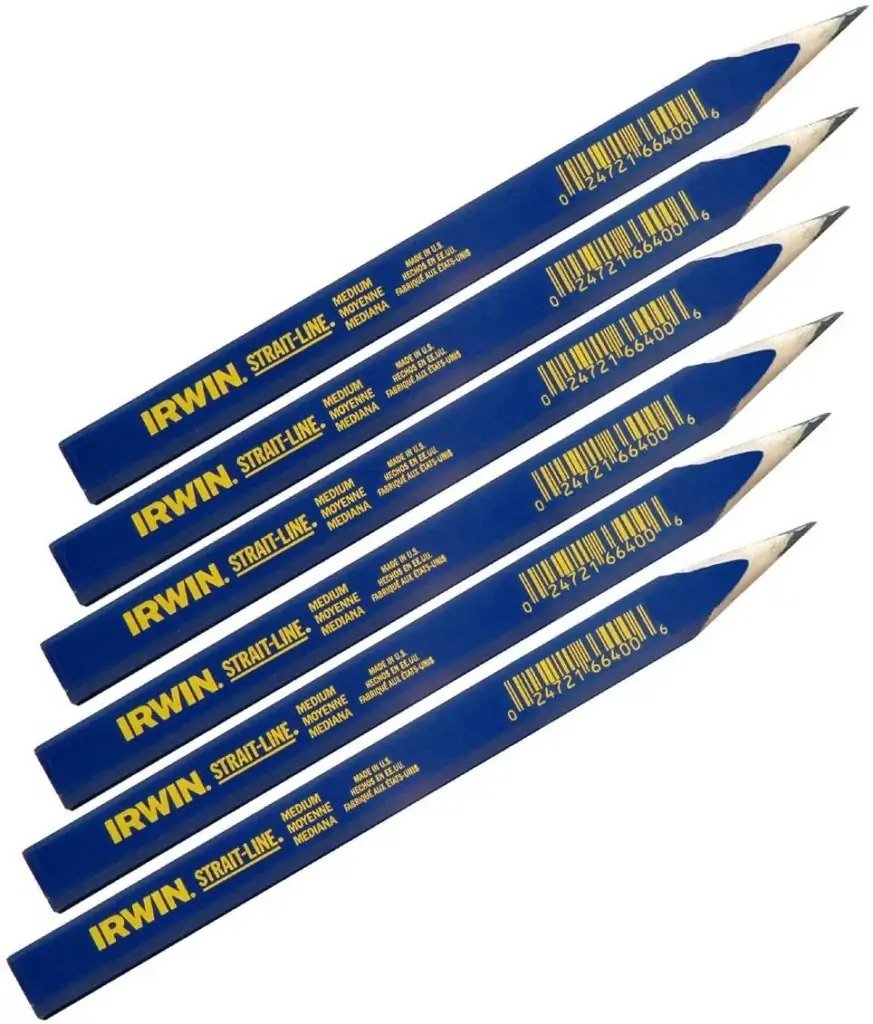
Most contractors and professionals will need writing materials like pencils and chalk. These are good not only for signing contracts but also for marking out measurements, such as in carpentry, or for marking the length of pipe needed for a maintenance order for a plumbing job.
Batteries and Extension Cords
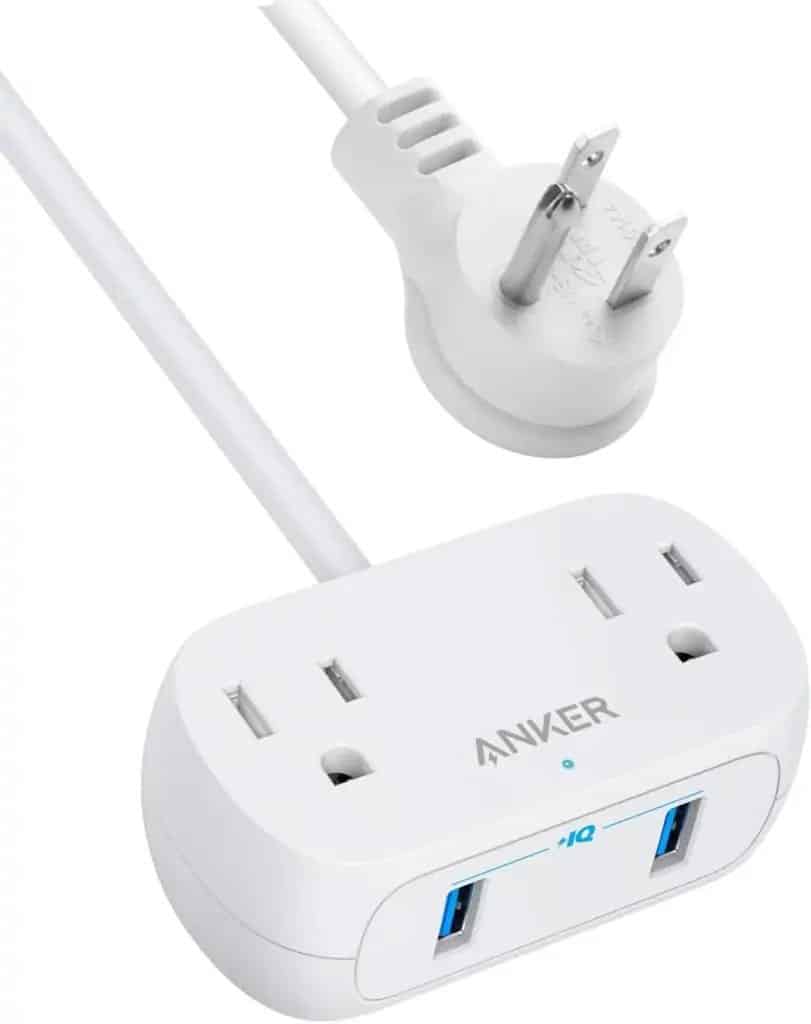
Extension cords or cables are ideal for extending how far a given generator can provide power to a power tool or device. For instance, contractors can use them to power a tool on the second floor of the house even if the generator is on the first floor.
Ladders
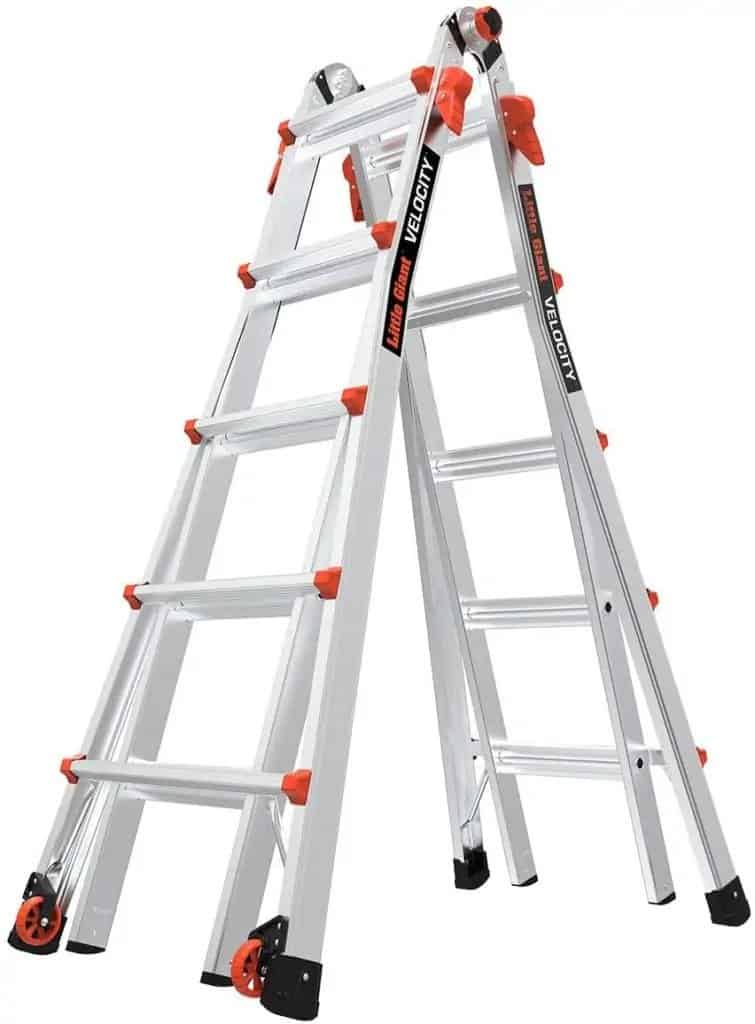
Ladders are key construction accessories that are required for contractors or roofers to reach their targets. They can be leaned against buildings and used as climbing apparatuses to achieve greater heights.
Voltage Checker
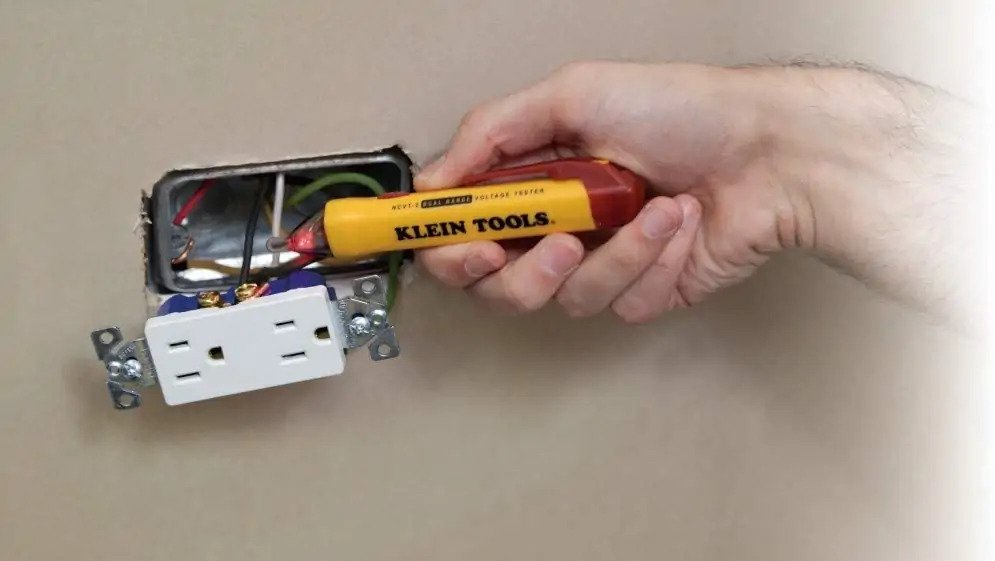
A voltage checker is a basic handheld sensor that, when the sensor head is placed next to a power outlet or electrical device, can check a current’s voltage.
Multimeter
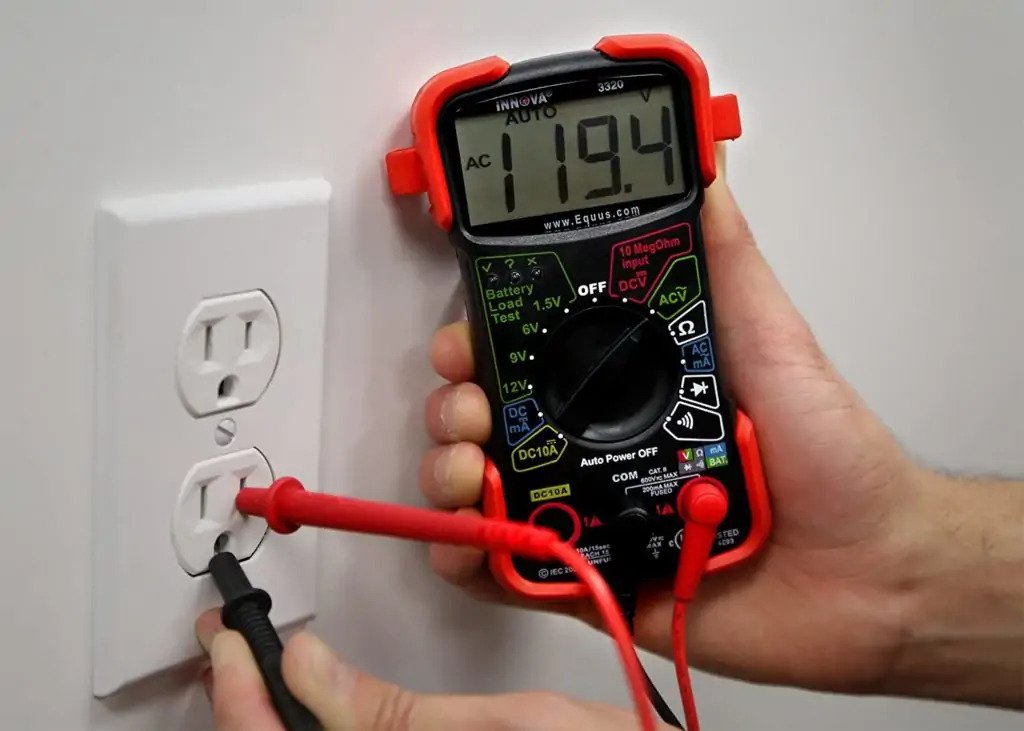
A multimeter can measure the voltage, current, and resistance of a device like a battery. It’s necessary for some types of contracting work and can be helpful for DIY home repairs, such as fixing a thermostat or another home appliance.
Also Read: List of Heavy Construction Equipment Every Contractor Should Know
Conclusion
Proper use of appropriate equipment contributes to the Economy, Quality, Speed, timely completion of the project and the safety of construction workers. Construction tools and equipment are a very important part of any construction process.
Popular FAQs on Smart Construction Tools
Q1- Why are construction tools important, and how do they help construction workers?
Answer- Construction tools are crucial for simplifying tasks and improving efficiency in construction work. What are some smart construction tools used by construction workers?
Q2- How are construction tools categorized, and what are the three main categories?
Answer- Construction tools are classified into three main categories: Hand Tools, Power Tools, and Machine Tools. What is the construction worker tool list for each category?
Q3- What are some examples of hand tools used by construction workers?
Answer- Hand tools include simple tools like screwdrivers, brushes, trowels, wrenches, knives, clamps, and more. What are the essential tools for construction workers?
Q4- Can you explain the difference between hand tools and power tools?
Answer- Hand tools are manually operated, while power tools rely on external power sources like electricity or hydraulic power. What are some smart tools for construction that fall into these categories?
Q5- How do wrenches contribute to construction work, and what types are commonly used?
Answer- Wrenches are metal tools used for tightening or loosening nuts and bolts, coming in various sizes for specific tasks. What are the tools for construction workers that include wrenches?
Q6- What is the purpose of power drills in construction, and how do they operate?
Answer- Power drills rapidly rotate drill bits to create holes in materials, making them essential tools construction workers use. What are some smart square tools for construction projects?
Q7- Why are ladders and voltage checkers important for construction workers?
Answer- Ladders help workers reach elevated areas, while voltage checkers ensure electrical safety by detecting voltage in power outlets and devices. What tools are commonly found on the construction worker tool list?
Q8- How do smart construction tools enhance efficiency in construction projects?
Answer- Smart construction tools leverage technology to improve accuracy and speed in construction tasks. What are some examples of smart tools for construction that benefit workers?
Q9- What are the benefits of using a multimeter in construction work?
Answer- A multimeter measures voltage, current, and resistance, making it a useful tool for various contracting tasks and DIY home repairs. What are some tools for construction workers that include multimeters?
Q10- How can construction workers create a comprehensive construction tools list to enhance their productivity?
Answer- Construction workers can create a tool list that includes essential hand tools, power tools, and smart construction tools to ensure they have the right tools for the job. What should be on a construction tools list to make work more efficient?

People also search for: smart construction tools, smart tools for construction, construction worker tool list, tools for construction workers, smart square tools, construction tools list, tools construction workers use










